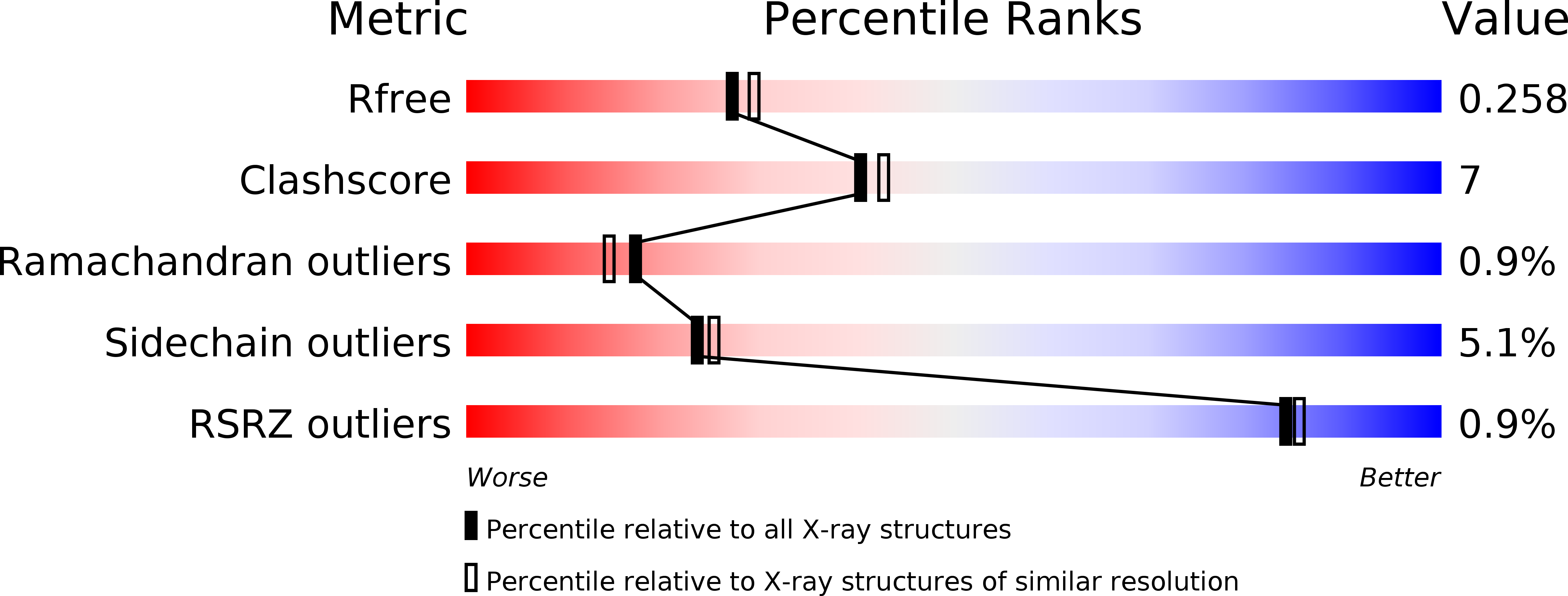
Deposition Date
2007-08-08
Release Date
2007-10-30
Last Version Date
2023-08-30
Entry Detail
PDB ID:
2QVT
Keywords:
Title:
Structure of Melampsora lini avirulence protein, AvrL567-D
Biological Source:
Source Organism:
Melampsora lini (Taxon ID: 5261)
Host Organism:
Method Details:
Experimental Method:
Resolution:
2.26 Å
R-Value Free:
0.25
R-Value Work:
0.19
R-Value Observed:
0.19
Space Group:
P 21 21 21


